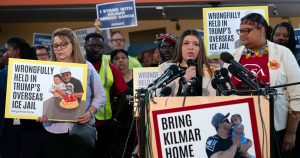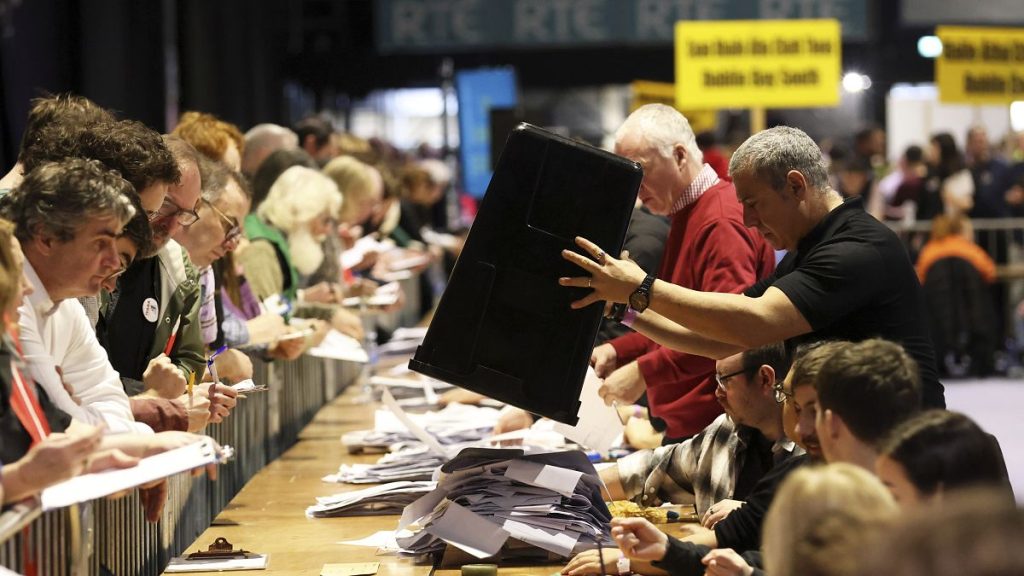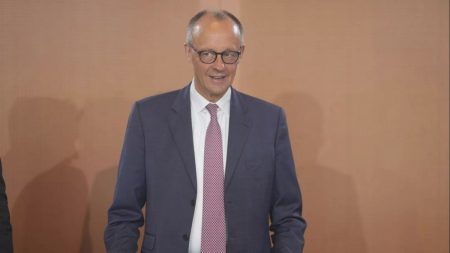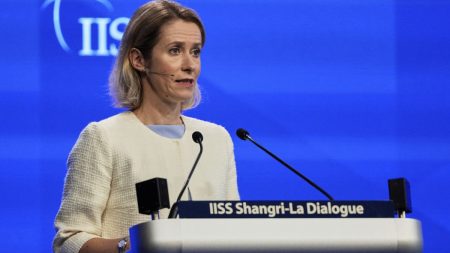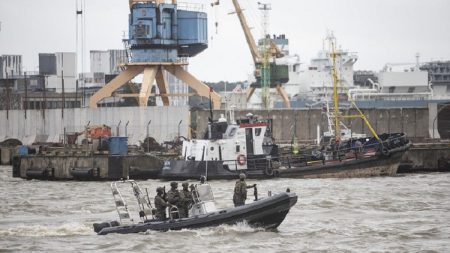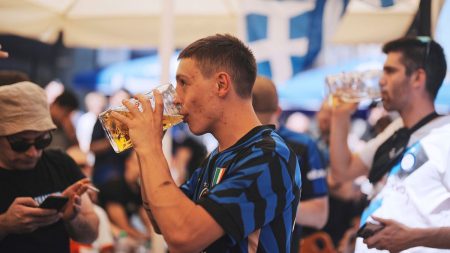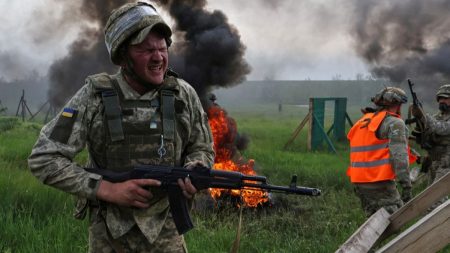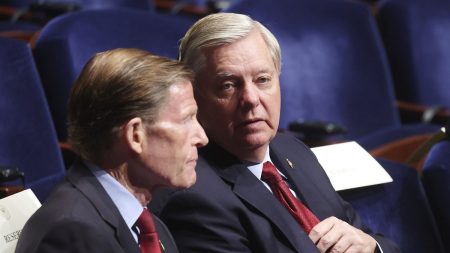On Saturday morning, ballot boxes across Ireland were officially opened at 10:00 CET, marking the commencement of an extensive vote-counting process following the country’s national elections. The first day of counting culminated with the release of an exit poll conducted by Ipsos B&A and broadcast by RTÉ, which indicated a closely contested race among the three dominant political entities: Fine Gael, Fianna Fáil, and Sinn Féin. The poll revealed a relatively even split of support among these parties, along with several smaller political factions and independents representing a spectrum from the left to the right. Specifically, Fine Gael was reported to lead with 21% of the vote, closely trailed by Sinn Féin at 21.1% and Fianna Fáil at 19.5%.
As the counting progressed into the early hours of Sunday, RTÉ reported that 36 seats in the Irish parliament, known as the Dáil, had been filled. The distribution saw Fine Gael candidates securing 11 seats, Fianna Fáil capturing 9, Sinn Féin taking 8, with the remainder accounted for by independents or representatives of smaller parties. Though Sinn Féin seeks to reunite Northern Ireland with the Republic of Ireland and appears poised to become the largest party in the 174-seat Dáil, it might face difficulties in forming a government coalition. This stems from the historical reluctance of Fine Gael and Fianna Fáil, Ireland’s two dominant parties, to collaborate with Sinn Féin due to its leftist policies and its past associations with the militant Irish Republican Army (IRA).
The dominance of Fine Gael and Fianna Fáil, the parties that have shaped Irish politics for the better part of a century, reflects a longstanding rivalry born from the civil war of the 1920s. While both parties share similar centre-right political ideologies, their historical enmity has barred them from joining forces. Ireland operates under a system of proportional representation, enabling voters in each of its 43 constituencies to rank their preferences for multiple candidates. This electoral framework facilitates the potential for smaller parties and independent candidates, particularly those with strong local support, to gain representation in the Dáil.
The campaign leading up to the election was significantly shaped by voters’ primary concerns: the high cost of living and the struggle for access to affordable housing. Ireland has been grappling with a pronounced housing crisis, the consequence of insufficient new housing development during its economic boom—affectionately termed the ‘Celtic Tiger’ years—as well as the downturn that followed the 2008 global financial crisis. This shortage has resulted in soaring property prices, escalating rents, and increasing homelessness, prompting demands for urgent policy interventions from the government.
Compounding the housing issues are challenges related to immigration, a relatively recent phenomenon for a country historically characterized by emigration. In particular, Ireland has welcomed over 100,000 Ukrainian refugees fleeing the ongoing conflict in their homeland, alongside thousands of others from the Middle East and Africa facing dire circumstances. With a population of 5.4 million, the nation has struggled to provide adequate housing solutions for these asylum seekers, resulting in the establishment of tent camps and makeshift accommodation centers. This situation has sparked a degree of tension and protests within communities as local resources become further strained.
The unfolding political landscape in Ireland will depend heavily on the final election outcomes and how the leading parties navigate possible coalitions. As the vote-counting progresses and seats are filled, the behavior and decisions of the major parties will be scrutinized closely, particularly in light of the pressing social issues facing the nation. Voter sentiments surrounding economic difficulties, housing scarcity, and immigration policy will likely shape the priorities of the incoming government, making the next steps in the political process all the more critical in addressing the concerns of the Irish people.


